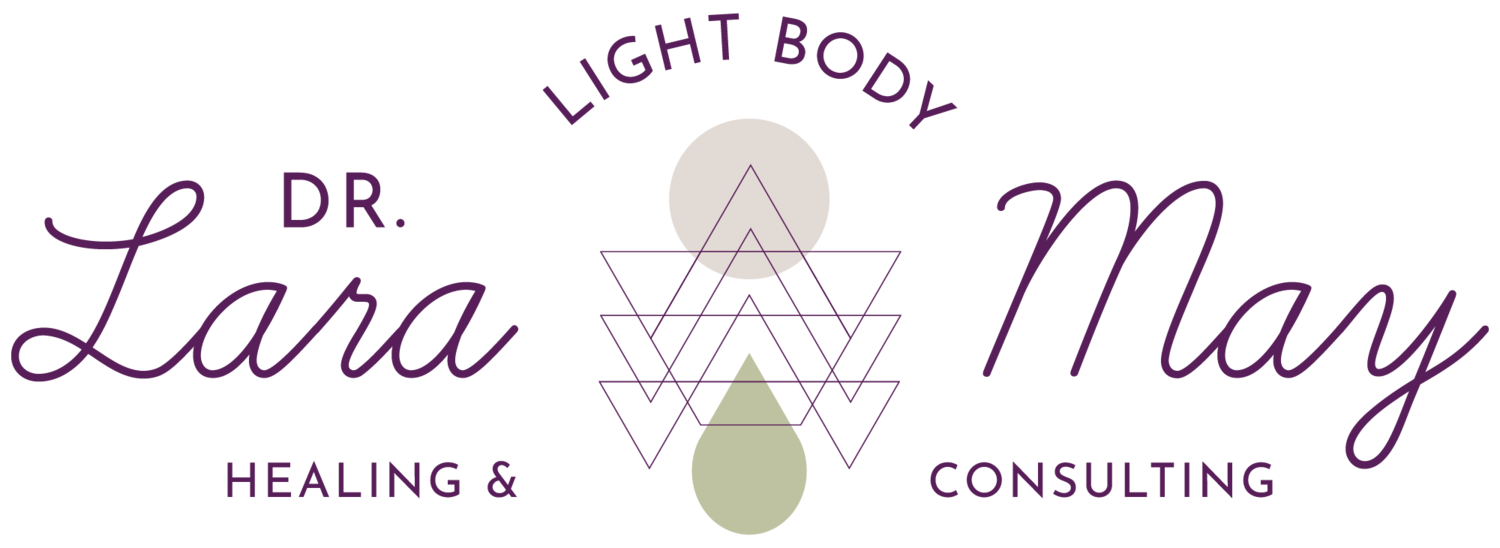Is Gluten Free Eating Just a Fad?
Gluten is a protein present in cereal grains, usually rye, barley, and wheat. It is responsible for the elastic texture of dough. Gluten comes in different forms and is often found in other wheat-based products like malt vinegar, soy sauce, and a lot more.
Full disclosure...I am a gluten free eater. I am not celiac, but I am gluten sensitive. When I eat gluten containing foods I get gassy, bloated, heartburn, constipated sometimes, diarrhea sometimes, stomach pain and lethargic. Maybe you have felt some of these ways after eating certain foods. For me I finally got to the point where I was tired of feeling crappy. I noticed when I stopped eating certain foods I felt better and could function better in my life. So, for me, all of my dietary choices are based on how I feel after I eat them. And I think it should be the same unique choice for you. How do you feel? What makes you feel better? It's different for everyone and should be a personal choice.
Why Would You Avoid It?
There are many reasons why some people avoid gluten. It could be an allergy, a sensitivity, or celiac disease (an autoimmune disease). All of these reason are legitimate and different. For those with celiac disease, an autoimmune disorder that affects the small intestine lining and can lead to severe malnutrition and digestive problems, consuming too much gluten can damage & irritate the bowels. People diagnosed with celiac disease must be very careful to completely remove gluten from their diets.
Another group of people who need to avoid gluten are those with wheat or gluten sensitivity. Symptoms of this type of condition include a consistently runny nose, sneezing, hives, diarrhea, abdominal bloating, headaches, and a lot more. If you’re already experiencing these types of symptoms, you should consult your medical and health professionals rather than diagnosing yourself. But also, give yourself a trial period of at least 21 days of gluten free eating to see if you feel better.
There are long standing studies showing that consuming gluten can also aggravate some existing autoimmune system diseases that you may already be experiencing. This includes multiple sclerosis, eczema, Crohn’s disease, thyroid/Hashimotos, and a lot more. It doesn’t necessarily mean that consuming gluten is the root cause of the disease: rather, gluten exacerbates these existing conditions, contributing to flare-ups. There is also evidence that consuming gluten can add to overall body inflammation that leads to other side effects, such as joint pain, depression, fatigue and more.
Do You Need to Give Up Eating Cereal, Bread, and Pasta?
Definitely not! Fortunately, there is a wide range of products available these days that are good and delicious substitutes for gluten-based products. Although these products were once only found in specialty health food stores, most of these products have now gone mainstreams and can be found in most grocery stores. Although these products may differ in texture, taste, and consistency, you will no doubt be able to find some that suit your taste buds.
Be mindful of how you feel when you switch from wheat sources to gluten free sources of these products. If you still have the tummy & inflammation symptoms, it may be that you are experiencing a cross-sensitivity reaction. If so, this means you really do need to stop eating those foods. Sometimes our bodies recognize gluten free grains similarly to the gluten laden grains causing the same inflammatory response. This can be because of cross contamination at the processing factory or the chemistry in our own bodies. Either way the inflammation is bad.
Non-gluten grains: amaranth, buckwheat, rice (brown, white, wild), millet, quinoa, sorghum, teff.
The Greatest Challenge...
Eating out is very tricky because you generally don’t have any idea about the ingredients of your dish. But, it is easy—and becoming more common—to ask your server to find out if any barley, wheat, or rye has been used in your requested dish. Another challenge is learning more about food additives that contain gluten or wheat such as couscous, food starch, brewer’s yeast, and spelt bran.
The good news is, many of today’s eating establishments and food stores provide excellent offerings and food labels in response to the growing number of people who have decided to go wheat-free or gluten-free for a happier, healthier lifestyle. This has been a quick and dirty breakdown. I hope it helped explain some of the main points. If you have questions, please leave them in the comment below or send me a direct email laramay@drlaramay.com. I am here to help you navigate the world of health and wellness. It is what I am passionate about, helping you make the best decisions for your unique and fabulous life.
Find me on Facebook @LightBodyHealing. I am also on YouTube, Twitter & Instagram @drlaramay. Check out the links below to sign up for my latest blog notifications or to sign up for a free clarity call.
Namaste!



